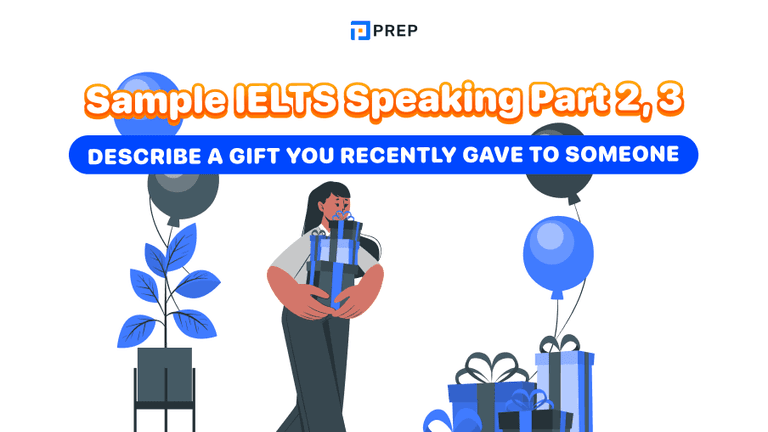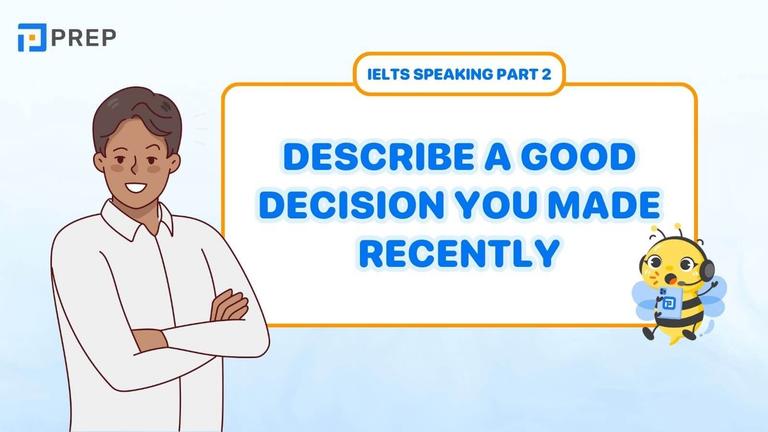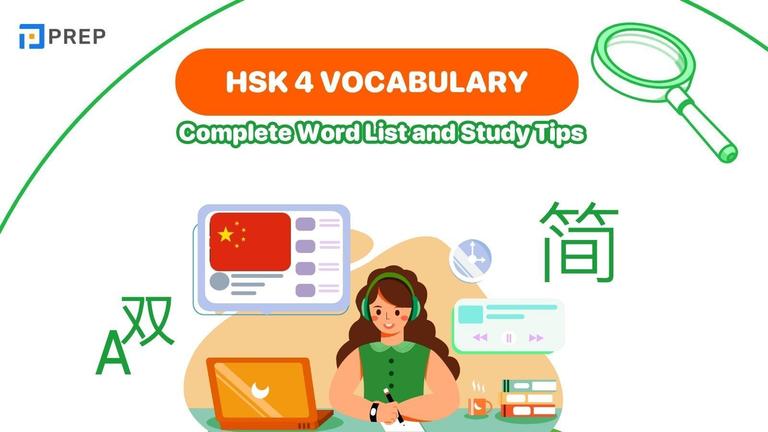Master English Conversation: 100+ Phrases & Practical Guide
This comprehensive guide empowers English learners with a dual approach to conversation mastery: fundamental communication skills and an extensive collection of over 100 practical phrases. The content systematically builds conversational competence through sections on active listening, practical vocabulary, clear pronunciation, and conversation management techniques. The core of the article features a well-organized phrasebook covering ten functional categories from greetings to farewells, with each phrase accompanied by contextual usage notes. The guide emphasizes that fluency emerges from combining skills practice with ready-to-use expressions, positioning these "language chunks" as building blocks that reduce cognitive load during real conversations. The article concludes with practical advice on finding conversation topics and implementing daily practice with various partners.
- I. Why Conversation Skills + Phrases Are Your Keys to Fluency
- II. Building Your English Conversational Foundation (Core Skills)
- III. How to Start an English Conversation: Simple Openers
- IV. Keeping the Conversation Going Smoothly
- V. 15 English conversations by daily communication topics
- VI. 100 Daily English conversations in PDF format
- VII. English conversation books for all audiences
- VIII. Putting It All Together: Your Journey to Fluent Conversation
I. Why Conversation Skills + Phrases Are Your Keys to Fluency
English conversation forms the backbone of human connection. It bridges gaps between cultures and unlocks professional opportunities. Conversational competence combines understanding what others say and responding appropriately. Many learners struggle with conversation anxiety, vocabulary recall, and natural expression in real time.
The solution lies in combining core skills with ready-to-use phrases. When you master English conversation patterns alongside pre-packaged expressions, you create a foundation for genuine fluency. Learning set phrases—language chunks—accelerates your progress dramatically. These prepared expressions function as building blocks, reducing cognitive load during conversations and allowing you to focus on the message rather than grammar rules. This collection of over 100 essential phrases will transform your conversational abilities when paired with solid fundamentals.
II. Building Your English Conversational Foundation (Core Skills)
Before diving into specific phrases, establish these fundamental skills. They provide the infrastructure supporting effective language use. Consider these as the engine powering your conversations, while phrases represent the vehicle that carries your ideas.
1. Active Listening: The Art of Understanding
Active listening forms the cornerstone of meaningful conversation. It involves fully concentrating on what others say, understanding their message, and responding thoughtfully. This skill demonstrates respect and builds rapport.
Practice these techniques to develop active listening:
- Focus completely on the speaker, maintaining appropriate eye contact
- Use brief acknowledgments like "I see" or "Mmm-hmm" to show engagement
- Paraphrase key points occasionally with "So what you're saying is..." or "Let me make sure I understand..."
- Ask relevant follow-up questions that demonstrate genuine interest
Mastering active listening creates space for authentic connection in any conversation.
2. Practical Vocabulary & Grammar for Speaking
Effective English conversation requires functional language—words and structures that accomplish specific communication tasks. Focus on high-frequency vocabulary that appears regularly in everyday exchanges. Learn common collocations (word partnerships) like "make a decision" or "pay attention" rather than isolated words.
For grammar, prioritize structures that enable basic communication: simple present and past tenses, question formation, and modal verbs like "can," "should," and "would." Remember that in conversation, messages matter more than perfect grammar. Native speakers themselves use simpler structures when speaking compared to writing. Aim for clear communication first, with accuracy developing naturally through practice.
3. Sounding Clear: Pronunciation & Intelligibility Basics
Clear pronunciation focuses on being understood, not eliminating your accent. English has several sounds that challenge learners: the "th" in "think" and "this," the difference between "ship" and "sheep," and consonant clusters like "strengths." However, word and sentence stress impact comprehension more significantly than individual sounds.
English uses stress patterns to highlight important information. Compare: "I didn't say he stole the MONEY" (somebody else stole it) versus "I didn't say HE stole the money" (someone else did). Shadowing—listening to native speakers and mimicking their rhythm and intonation—develops this awareness effectively. Record yourself speaking, then compare with native models to identify improvement areas. Focus on being understood rather than sounding perfectly native.
III. How to Start an English Conversation: Simple Openers
Beginning English conversations often causes anxiety, but simple openers can break the ice naturally. Small talk serves an important social function—establishing comfort before deeper conversation. It builds rapport and tests the conversational waters.
|
Situation/Goal |
Example Starter(s) |
|
General setting/weather |
"Beautiful day, isn't it?" or "How about this weather we're having?" |
|
At events/gatherings |
"What brings you to this event?" or "How do you know [host/organizer]?" |
|
Offering assistance |
"Can I help you with that?" or "Let me know if you need any help." |
|
Shared experiences |
"The line's moving slowly today, isn't it?" or "This place has the best coffee in town." |
|
Professional networking |
"What kind of work do you do?" or "How long have you been in this industry?" |
Choose openers appropriate to your situation and relationship with the other person. The goal is to establish connection, not impress with complexity.
IV. Keeping the Conversation Going Smoothly
Maintaining English conversation flow requires balance and attention. Ask open-ended questions starting with "what," "how," or "why" to encourage detailed responses rather than simple yes/no answers. For example, replace "Did you enjoy the movie?" with "What did you think about the movie?" to invite elaboration.
Show engagement by using phrases like "That's fascinating. Could you tell me more about that?" or "What happened next?" These expressions demonstrate active interest and invite deeper sharing. Balance listening with contributing your own thoughts and experiences.
When changing topics, use smooth transitions rather than abrupt shifts. Try phrases such as "Speaking of holidays..." or "That reminds me of..." to create natural bridges between subjects. If conversation lags, introducing a new but related topic maintains momentum without awkwardness. Remember that comfortable silences occasionally occur even in fluent conversations—they don't always signal problems.
V. 15 English conversations by daily communication topics
Below are 15 sample daily English conversations categorized by daily communication topics collected by PREP. Check them out now!
1. Self-introduction
|
2. Hometown
|
3. Best friend
|
4. Favorite subject
|
5. Work
|
6. Shopping
|
7. Interview
|
8. Environmental protection
|
9. Asking for directions
|
10. Family
|
11. Travel
|
12. Hobby
|
13. Food
|
14. Health
|
15. Money
|
VI. 100 Daily English conversations in PDF format
Below, PREP has gathered a collection of English conversations in PDF format for easy downloading and revision. Take a look now!
VII. English conversation books for all audiences
Below are some English conversation books that PREP has compiled for your reference!
1. Everyday Conversations English
Everyday Conversations English is a book that provides English conversations compiled by the U.S. Department of State. It includes dialogues revolving around daily life situations such as greetings, asking for the time, answering phone calls, going grocery shopping, and traveling. The book consists of over 30 lessons on various communication topics.
Target audience: Those who have a basic foundation in grammar and vocabulary and are looking to enhance their communication skills.
|
2. Easy English Conversation
Easy English Conversation is an English conversation book that helps learners develop their speaking skills by compiling simple vocabulary and grammar structures suitable for everyday English communication.
Easy English Conversation is suitable for beginners who want to improve their speaking skills and learn English conversation at home.
|
3. Perfect English Conversation
Perfect English Conversation is a perfect choice for beginners who are getting acquainted with English and want to quickly become proficient in conversational English in everyday situations.
The book includes dialogues divided into 307 lessons with 25 familiar topics related to daily life, such as greetings, navigating the streets, shopping exchanges, communication in education, making acquaintances, getting married, home improvement, and more. Most of the dialogues use simple and easily applicable sentence patterns, allowing learners to apply them immediately after learning.
|
VIII. Putting It All Together: Your Journey to Fluent Conversation
This guide has equipped you with both foundational conversation skills and an extensive phrase library. The combination of these elements creates a powerful toolkit for english conversation practice in real-world situations. Begin by mastering a few phrases from each category that feel most natural to you. Gradually expand your repertoire as your confidence grows.
Remember that fluency develops through consistent practice. Seek daily conversation opportunities, whether with native speakers, fellow learners, or language exchange partners. Each interaction builds your abilities. Reference the phrase lists as needed, but aim to internalize the expressions so they emerge naturally in conversation.
Your journey toward conversational mastery has begun. With these techniques and phrases, you possess the resources to communicate confidently and clearly in English across countless situations. The path to fluency opens before you—step forward and engage with the world through your new language skills.

Hi I'm Chloe, and I am currently serving as an Product Content Administrator at Prep Education. With over five years of experience in independent online IELTS study and exam preparation, I am confident in my ability to support learners in achieving their highest possible scores.
Comment
Premium content
View allPersonalized roadmap
Most read












